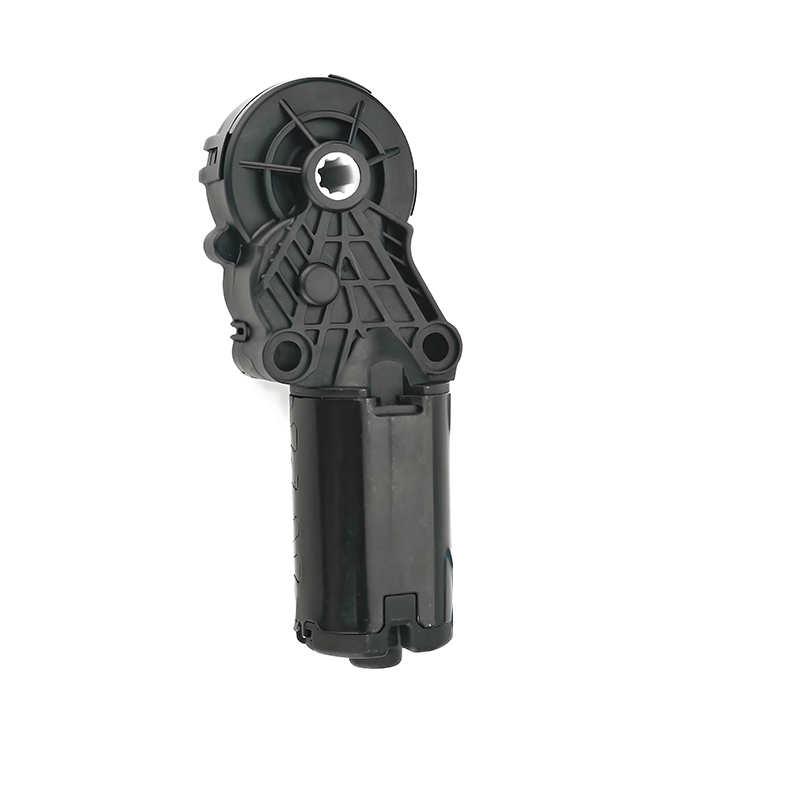Rear wiper motors play an essential role in ensuring clear visibility through the back windshield, especially during adverse weather. In hatchback vehicles, where the rear window is a prominent and functional component of the vehicle's design, a reliable and well-adapted rear wiper motor is even more critical. With their compact size and unique structure, hatchbacks demand a motor solution that balances efficiency, durability, and compatibility. Recent developments in rear wiper motor design have led to better integration into these vehicle types, making them more reliable and easier to maintain.
One important aspect of rear wiper motor development is its compatibility with other automotive electrical components. For example, the mazda window regulator, which is widely used in many hatchback models, relies on precise electronic control, just like a car windshield wiper motor. Though they serve different functions—one controlling vertical glass movement and the other handling windshield wiping—they share common ground in terms of motor design principles, torque control, and circuit integration.

In hatchbacks, the rear wiper motor must be compact enough to fit within the limited space behind the rear window. It must also deliver consistent performance under a range of weather conditions. Engineers have worked to create motors that remain stable during long operation cycles and can handle quick stop-start actions that are typical for rear wipers. These motors are now more frequently being paired with smart control systems, similar to how the Mazda window regulator operates with synchronized timing and overload protection.
Noise reduction has also become a priority. While the car windshield wiper motor at the front of the vehicle may be better insulated from cabin noise, rear wiper motors are often closer to passengers, especially in smaller hatchbacks. As such, manufacturers have focused on refining internal gear design and housing insulation. The goal is to create a motor that operates smoothly and quietly, with less disturbance, while ensuring effective water clearance.
From a maintenance perspective, newer rear wiper motors are built with easier access points and fewer mechanical parts, reducing the time and effort needed for servicing. These benefits are similar to recent upgrades seen in the Mazda window regulator, where simplified assemblies have made replacements faster and more cost-effective. Likewise, the car windshield wiper motor has seen similar trends, with modular designs becoming more common across the automotive sector.
Another key consideration is durability. Hatchbacks are often used in urban environments where weather can shift quickly, requiring the rear wiper motor to be ready at any time. Exposure to dirt, ice, and high humidity can accelerate wear. This is where improved sealing and corrosion-resistant coatings come into play. Just as with the Mazda window regulator, where protection against moisture is vital, rear wiper motors benefit from enhanced protection, ensuring longevity and consistent function.
Many of the innovations found in today's rear wiper motors stem from broader industry experience with the car windshield wiper motor. Since front wiper motors have long required strong, weather-resistant, and highly durable builds, that knowledge has directly influenced the design choices for rear motors. Using similar brush and bearing technology, rear units now better withstand high-cycle usage and temperature variation, making them more suited for hatchbacks that operate in all seasons.
Consumer demand has also influenced this progression. As more drivers opt for hatchbacks due to their compact size and cargo versatility, the demand for rear components like the wiper motor has grown. These drivers expect smooth operation and small maintenance, just as they would from other components like the Mazda window regulator or the car windshield wiper motor.
In conclusion, the adaptation of the rear wiper motor for hatchback applications reflects a broader trend in the automotive industry—smarter, more efficient components that blend seamlessly into compact vehicle design. Whether it's the refined mechanics seen in the car windshield wiper motor or the synchronized control systems of the Mazda window regulator, modern hatchback vehicles benefit from innovations that improve safety, reliability, and user experience across the board.
Your email address will not be published. Required field are marked*